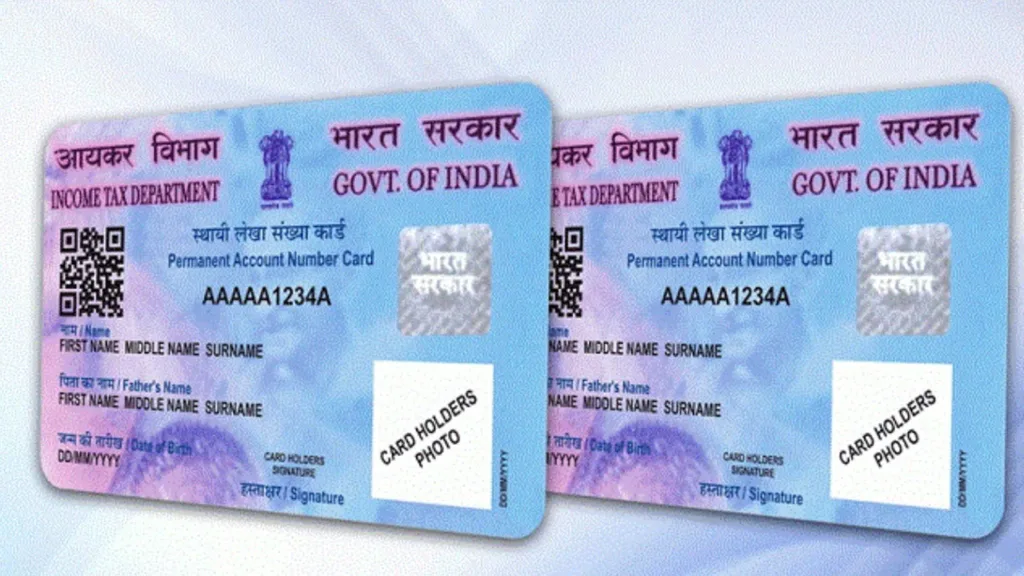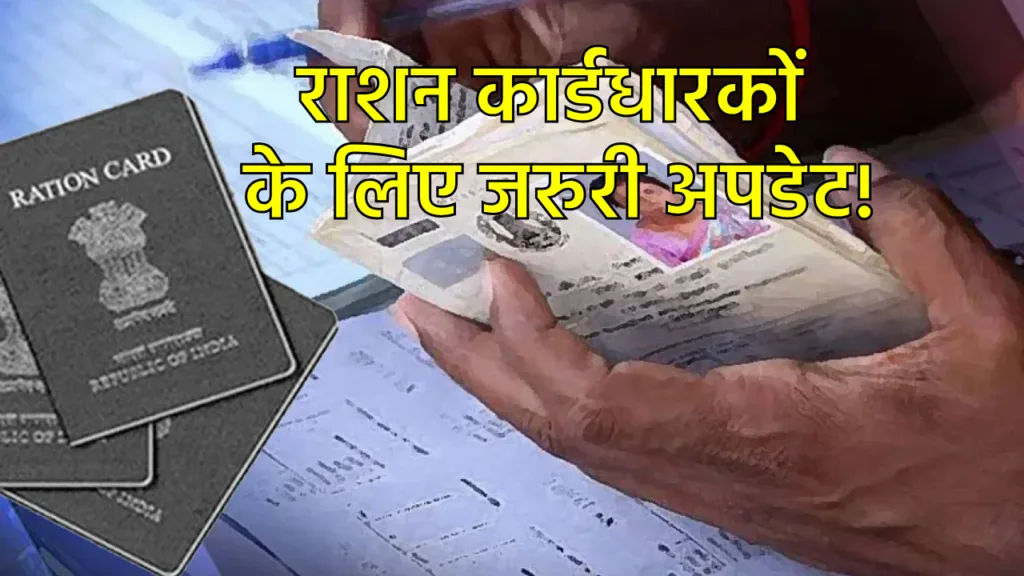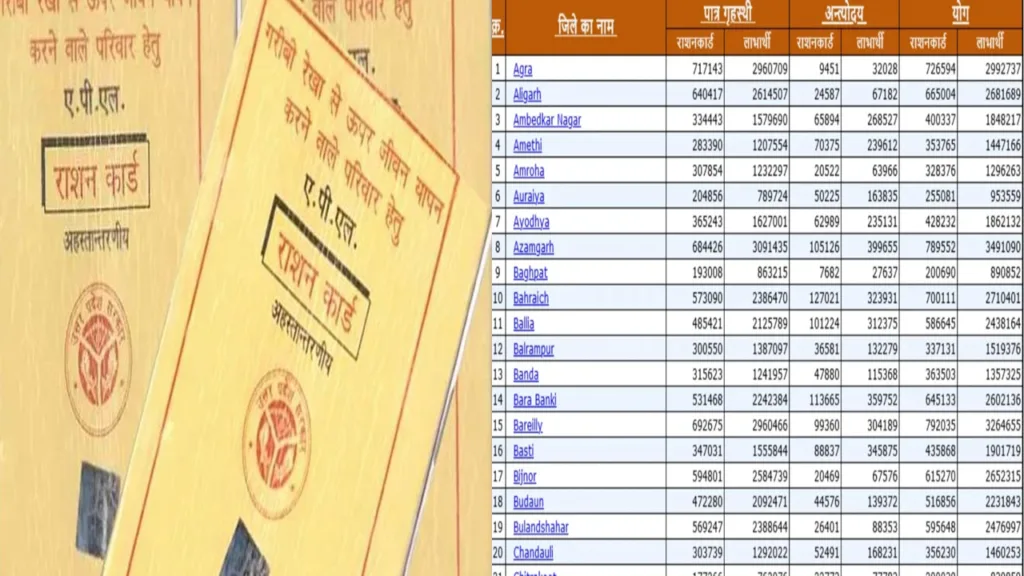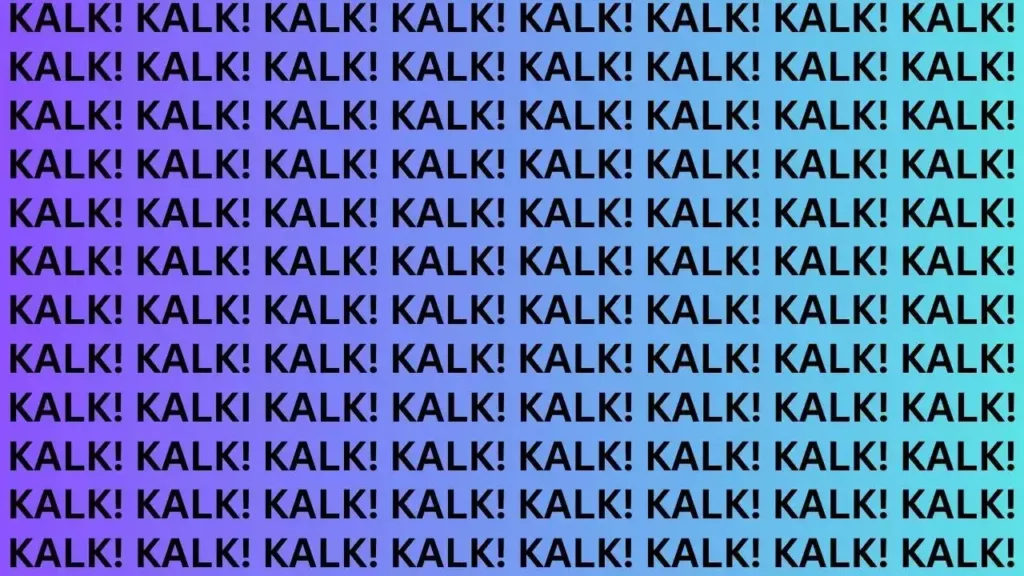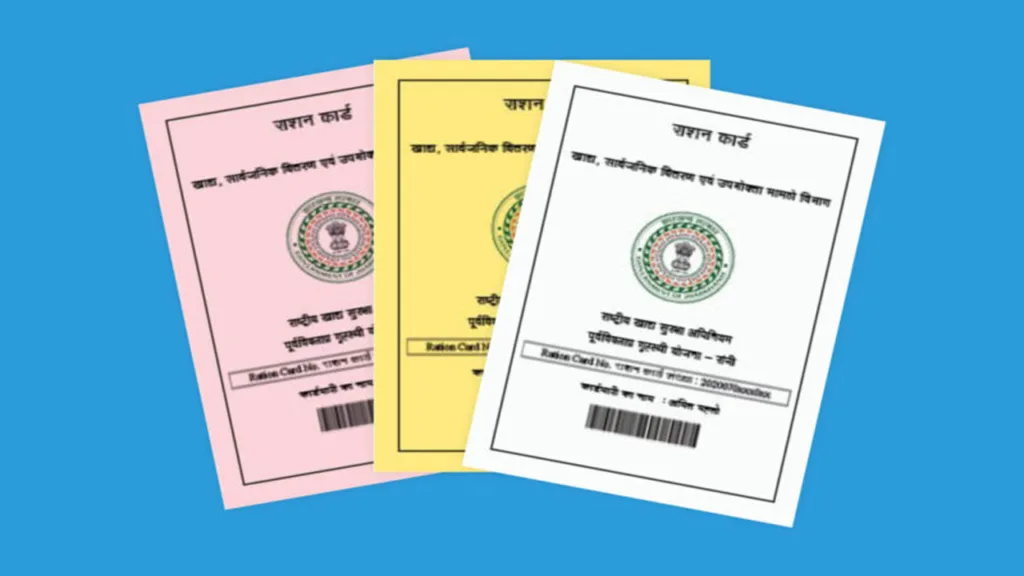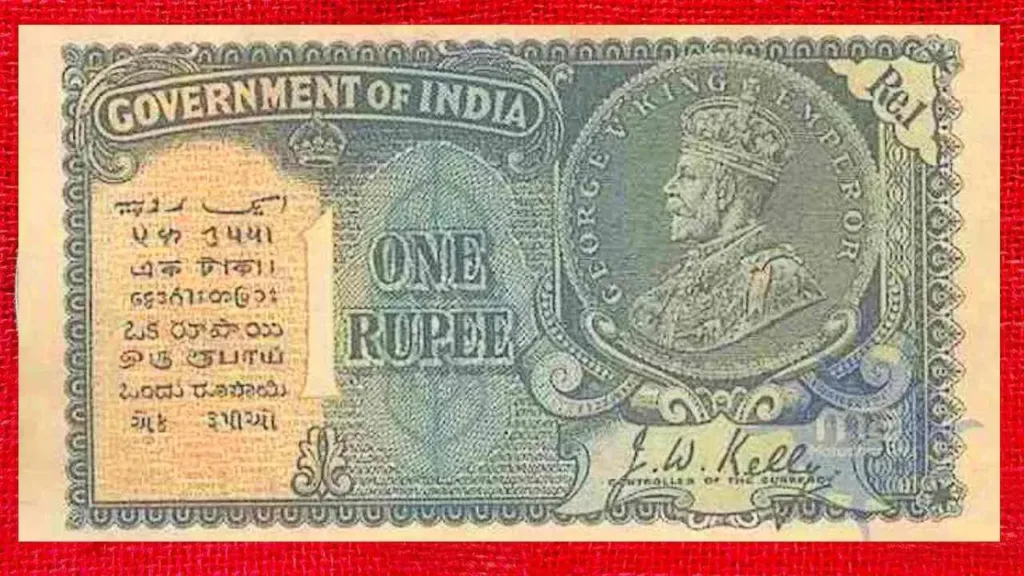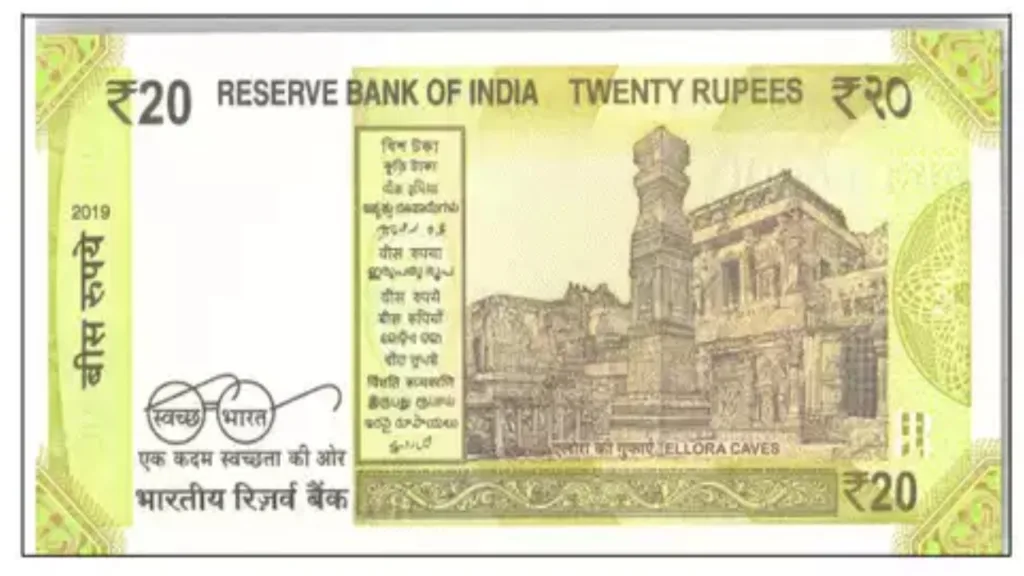New Delhi: Calling all skywatchers! Gear up for a celestial spectacle – the first total solar eclipse of 2024 graces North American skies on April 8th! This awe-inspiring event, dubbed the “Great North American Eclipse,” holds immense significance not only for astronomers but also for astrology enthusiasts in India.
A Total Eclipse Unlike Any Other
This isn’t your average solar eclipse. Unlike partial eclipses where the moon only covers a portion of the sun, a total eclipse plunges the day into an eerie twilight as the moon completely engulfs the sun. The last such spectacle in North America occurred in 1970, making this a rare opportunity for a generation!
When and Where to Witness the Eclipse
The eclipse unfolds on the intervening night of April 8th and 9th. While the exact timings may vary slightly depending on location, the core event spans from approximately 9:12 pm on April 8th to 1:25 am on April 9th. However, the magic truly happens during totality, a breathtaking 7 minutes and 50 seconds where the sun vanishes completely.
Where will the eclipse be visible? Unfortunately, skywatchers in India won’t be able to witness this celestial event directly. The totality path – the narrow band where the moon completely covers the sun – stretches across North America, excluding Alaska. It will be visible in its entirety in parts of Mexico, Central America, and South America, along with slivers being observable in northern Ireland, northwestern England, and portions of Canada.
Understanding the Sutak Period
In Hindu tradition, eclipses hold special significance and are often accompanied by a “Sutak period.” This period is believed to have a temporary impact on the environment and is observed with certain restrictions.
Important Note: Since the eclipse won’t be visible in India, the Sutak period won’t be applicable here.
A Glimpse into the Eclipse’s Journey
The eclipse unfolds in a dramatic sequence:
- Partial Eclipse Begins (10:10 AM): The moon starts to take a bite out of the sun, gradually dimming the daylight.
- Totality Begins (11:47 PM): The moment of truth! The moon completely covers the sun, plunging the day into darkness for a brief yet awe-inspiring period.
- Totality Ends (12:54 AM): The moon begins to reveal the sun, slowly bringing back daylight.
- Partial Eclipse Ends (2:22 AM): The eclipse reaches its final stage, and the sun shines whole once again.
Safety First: How to View the Eclipse Safely
Witnessing a solar eclipse directly can permanently damage your eyesight. Here’s the golden rule: Never look directly at the sun during a solar eclipse.
Here are some safe viewing options:
- Specialized eclipse glasses: Invest in certified eclipse glasses with designated filters that block harmful solar radiation.
- Solar telescopes with proper filters: These provide magnified views of the eclipse but require proper setup and guidance.
- Indirect viewing methods: Project the sun’s image onto a white surface using a telescope or binoculars (with proper filters) and observe the projected image.
The Intrigue of Eclipses in Astrology
While the scientific explanation for eclipses lies in the celestial mechanics of the sun, moon, and earth, astrology attributes specific meanings to these events. The alignment of these celestial bodies is believed to influence earthly matters. The impact of the April 8th eclipse on various zodiac signs is a topic of much discussion among astrologers in India.
Beyond the Spectacle: A Celebration of Science and Wonder
The Great North American Eclipse is a powerful reminder of the awe-inspiring beauty and intricate dance of our solar system. It’s a chance to celebrate scientific discovery and the human quest to understand the universe. Whether you’re a seasoned astronomer or a curious observer, this event offers a unique opportunity to witness a celestial phenomenon that will leave you spellbound.






